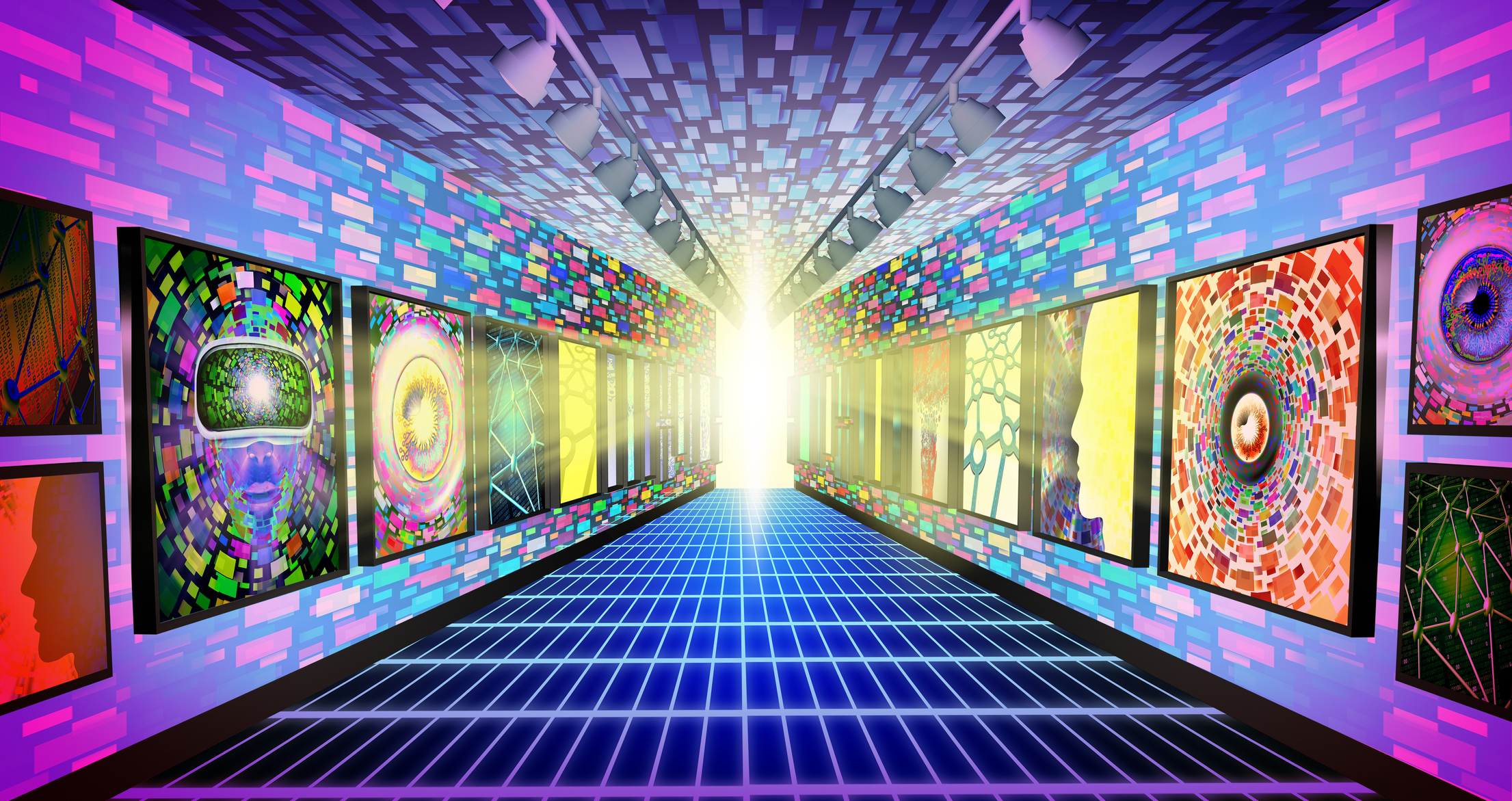The Development of Collectible NFTs and Its Effect on the Art Market
People from several businesses have recently become interested in Non-Fungible Tokens (NFTs). These digital tokens make it possible to create authenticated, one-of-a-kind digital assets that can be purchased, sold, and traded exactly like tangible assets. NFTs are employed in various applications, including gaming, music, sports, and more, but their development has significantly impacted the art world. In this essay, we’ll look at the result of collectible NFTs, their effects on the art world, and the history of collectible art.
A Synopsis of Collectible Art History
The market for valuable art has existed for millennia. For many years, wealthy people have used the acquisition and collection of fine art to showcase their wealth and status. However, significant entry restrictions exist for artists and purchasers in the art world, making it historically exclusive. Traditionally, purchasers had to go via intermediaries in order to purchase art, while artists frequently needed help to have their work acknowledged by galleries and auction houses.
The Development of Decorative NFTs
NFTs have altered the playing field for both consumers and artists. Artists can use NFTs to generate distinctive digital assets that can be validated and sold to customers directly without mediators. This has created new chances for artists to connect with more people and profit now from their creations.
Various kinds of collectible NFTs include digital artwork, gaming accessories, sports collectibles, and music records. NFTs have been utilized in the art sector to sell digital paintings validated by the blockchain technology used to produce them. The NFTs’ value and authenticity are increased by using blockchain technology, making it impossible for them to be copied or changed.
Collectible NFTs’ Effect on the Art World
Collectible NFTs have had a significant impact on the art world. They have expanded the definition of art by enabling the production of fresh, distinctive works of art that are entirely digital. They have also given artists a new avenue for profit and exposure in the field of art.
Additionally, NFTs have impacted the conventional art market. Since NFTs allow artists to sell their work directly to clients, galleries and auction houses, historically serving as the industry’s gatekeepers, are now confronting new difficulties. This has raised concerns about the viability of conventional institutions and the function of mediators in the art market.
The Art World’s Collectible NFT Future
There will probably be more chances and difficulties as the use of collectible NFTs in the art industry expands. One potential opportunity is for artists to use blockchain technology to produce more interactive, dynamic works of art. This might usher forth a new era of artistic inventiveness.
However, there are additional possible difficulties that must be handled. Inequalities in the art industry may continue to exist due to NFTs, as only a few artists can profit from them. NFTs’ potential adverse effects on the environment are also being discussed because they take a lot of energy to produce and sell.
Conclusion
The world of art is evolving thanks to collectible NFTs. They are upending the art business’s established structures while giving artists new chances to produce and profit from their work. There will probably be additional chances and difficulties when NFTs are more frequently used in the art industry. We should ensure that NFTs have a beneficial influence by being informed about their potential effects.

Daphne Illingworth is a contemporary artist. Her’s art is characterized by bold colors, intricate patterns, and a sense of mysticism that draws the viewer in. Daphne is now collaborating with Angry Bears NFT to release a limited edition NFT series that will showcase her unique artistic style in the digital realm.
